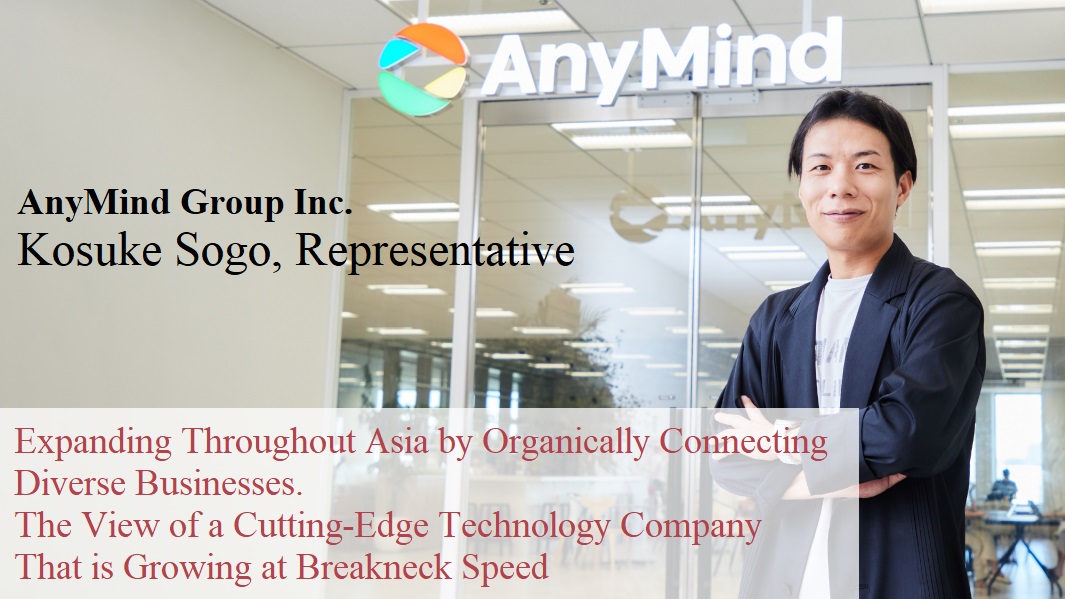TSE Cash Markets
Employee Stock Ownership Plans: You can ask “your employees” about future stock price.

Corporate shareholders come in all shapes and sizes, like professional institutional investors, individuals, and foreign investors. Additionally, the employee of the company is also a shareholder. In many cases, Employee Stock Ownership Plans (ESOP) are part of the major shareholders. As stock prices return to an upward trend, their significance is increasing in terms of overlapping employee and management perspectives.
“You can ask “your employees” about the stock price going forward.” Nomura Securities quant analyst Shin Nishioka analyzed the stock market from this perspective. He looked at the relationship between information on each company’s ESOP and its stock price and performance.
Calculating “Holdings per employee” based on the amount held by ESOPs for the 500 largest companies listed on Tokyo Stock Exchange and categorizing into three groups by their size resulted in a higher accumulation of stock returns for the larger group.
The achievement rate in terms of whether companies were able to generate earnings as forecasted at the beginning of the period was also higher for groups with larger per capita employee holdings. “This analysis suggests that employees are motivated to improve their performance in order to increase the company’s stock price”(Shin Nishioka).
Companies with large holdings per employee and large recent purchases include ANA Holdings, Japan Exchange Group, and Ajinomoto.
The relationship between the trading behavior of the ESOPs and the stock prices indicates that when there is an increase in purchases during a period when there is no movement in the stock price itself, the subsequent stock price performance tends to increase.
According to Tokyo Stock Exchange’s “Summary of Employee Stock Ownership Plan” for the fiscal year 2022, a little over 80% of listed companies have ESOPs, with the total value of their holdings amounting to 6.6 trillion yen, or 0.94% of market capitalization. The average amount held per person was 2.2 million yen.
In retrospect, the older the company, the more its ESOP dragged down the image of the bursting of the bubble economy. There were cases of unrealized loss against the reserve amount, and in the worst case, the loss of both jobs and assets due to the bankruptcy. Tokyo Stock Exchange’s survey also found that the number of members of the ESOP as a percentage of the total employee population is only 37%.
The gradual emergence from the bottom of the trough and the beginning of a shift in the focus of attention toward ESOPs is one of the changes in the landscape brought about by the current stock price rise.
“Management with an eye on stock prices” but how does it align this with the employee’s perspective? Credit Saison’s medium-term business plan for the start of fiscal year 2024 specifies the use of a ESOP as “Creating a culture in which all employees are aware of business performance and stock price.”
ANA announced last year that it would offer incentives to members of its ESOP to acquire its own shares. The incentive was equivalent to 70 shares per employee, with the aim of motivating employees to work, citing a recovery in business performance and other factors as the reason for the payment.
The US tech giant boldly utilizes a system that rewards employees for their work through higher stock prices and attracts superior human resources. The trend of giving restricted stock and other forms of compensation to employees is spreading among Japanese companies as well.
On the other hand, ESOP also faces challenges. If it become too large as a stable shareholder, shareholders’ discipline over management may weaken. Some have also pointed out that ESOP makes it harder to take the necessary restructuring steps.
Now is the phase that sheds light on the positive aspects of the company’s employees and stock price. But at the same time, investors should have a perspective on governance as a whole.
Related links



